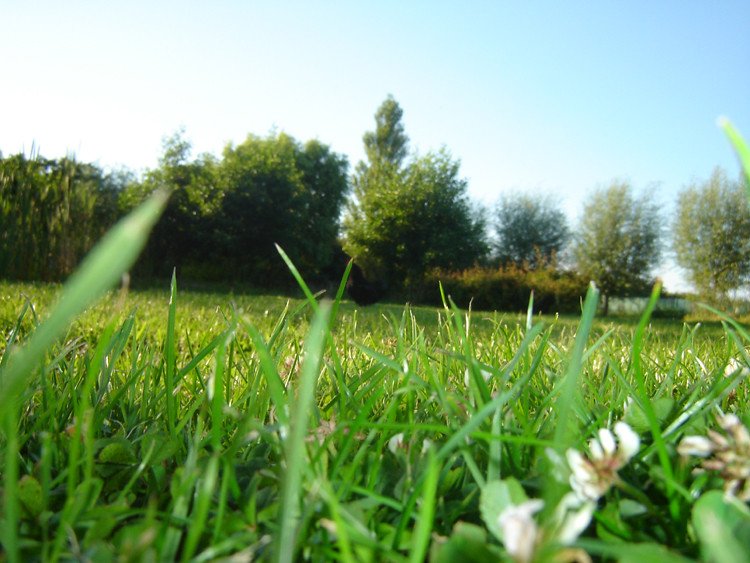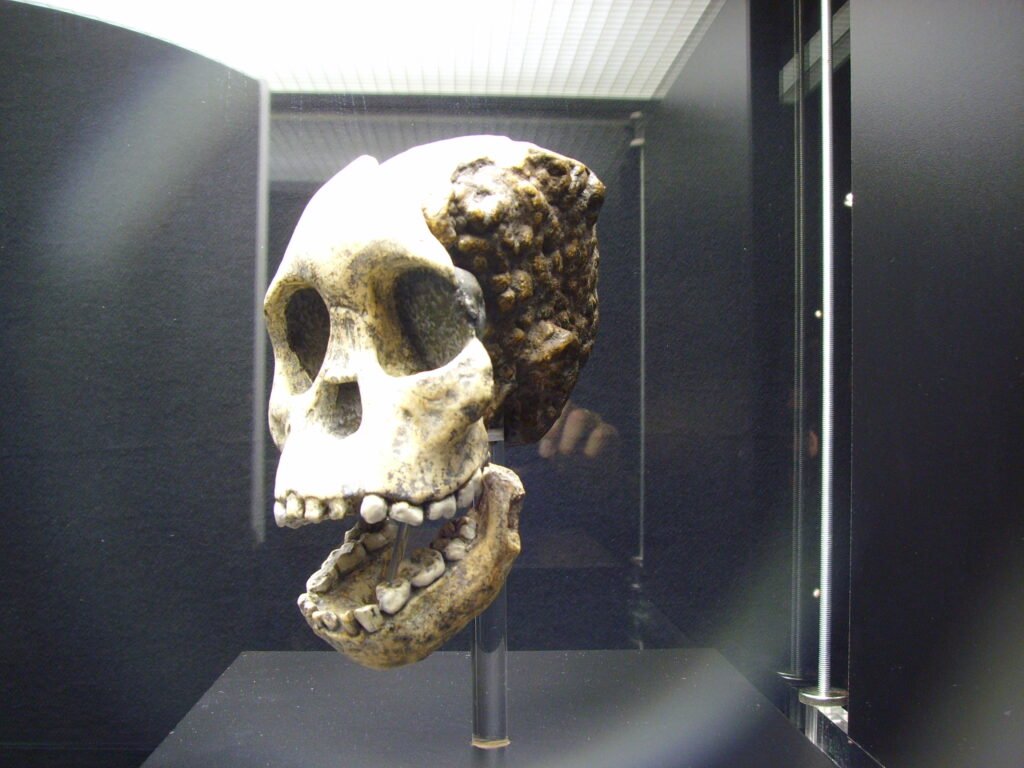Think about the last time your favorite song came on unexpectedly. Maybe it was in a crowded elevator or playing softly in the background while you shopped. Suddenly, your skin prickled with tiny bumps. Your hair stood on end. You felt that unmistakable tingle racing down your spine.
You’ve just experienced one of the most fascinating examples of how your body reacts to the world around you. This curious phenomenon bridges the gap between mind and flesh, revealing just how interconnected your emotions and physical responses really are. So let’s dive in and explore the remarkable science behind these tiny bumps that hold such powerful secrets about your biology.
The Basic Biology Behind Your Bumps

Goosebumps are created when tiny muscles at the base of each hair, known as arrector pili muscles, contract and pull the hair straight up. These microscopic muscle bundles sit wrapped around your hair follicles like delicate ribbons. When they receive the signal to contract, they instantly transform your smooth skin into a landscape of tiny peaks.
The technical term for this response is piloerection, though you might also hear scientists call it the pilomotor reflex. The reflex of producing goose bumps is known as piloerection or the pilomotor reflex, or, more traditionally, horripilation. Your body contains millions of these tiny muscle units, ready to spring into action at a moment’s notice.
Your Nervous System’s Role in the Response

The reflex is started by the sympathetic nervous system, which is responsible for many fight-or-flight reactions. This is the same system that makes your heart race during a scary movie or causes your palms to sweat before a big presentation. Stresses such as cold, fear etc. may stimulate the sympathetic nervous system, and thus cause muscle contraction.
Think of your sympathetic nervous system as your body’s alarm system. When it detects something noteworthy – whether that’s a drop in temperature, an emotional peak in music, or a moment of awe – it sends chemical signals racing through your bloodstream. These signals tell your arrector pili muscles to contract, creating those characteristic bumps across your skin.
The Evolutionary Purpose You Inherited
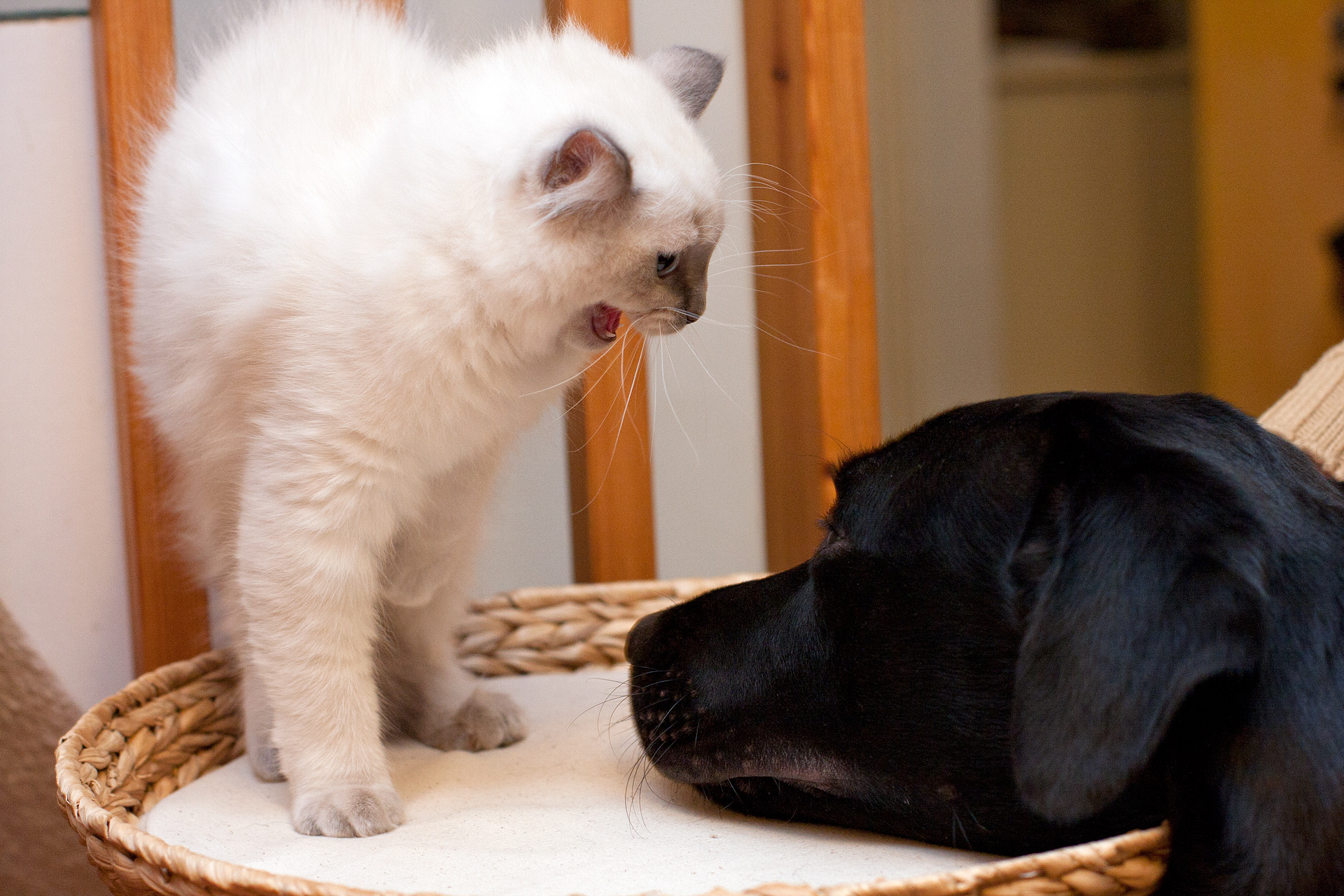
Goosebumps are a physiological phenomenon inherited from our animal ancestors, which was useful to them but are not of much help to us. For your furry predecessors, this response served two crucial functions that helped them survive in harsh environments.
Contraction of arrector pili muscles have a principal function in the majority of mammals of providing thermal insulation. When threatened, animals could also puff up their fur to appear larger and more intimidating to predators. In humans, goosebumps are considered a vestigial response – a leftover from our evolutionary past. Despite having lost their primary function, the fact that we still experience goosebumps is a fascinating testament to our animal heritage.
Why Cold Triggers This Ancient Reflex

When you step outside on a chilly morning, your body immediately recognizes the temperature change as a potential threat to your survival. When we’re exposed to a sudden drop in temperature or get the chills, our hair follicles are forced to rise up, closing our pores and trapping what remaining body heat we have underneath the surface of our skin.
Though this mechanism doesn’t provide much warmth for humans anymore, your body still faithfully performs this ancient dance. As with larger muscles, contraction of the muscles in the skin (called arrectores pilorum) generates heat. Hairs standing up trap a layer of air near the skin, holding onto body heat. Your ancestors needed every advantage they could get to survive harsh winters.
The Emotional Connection to Goosebumps
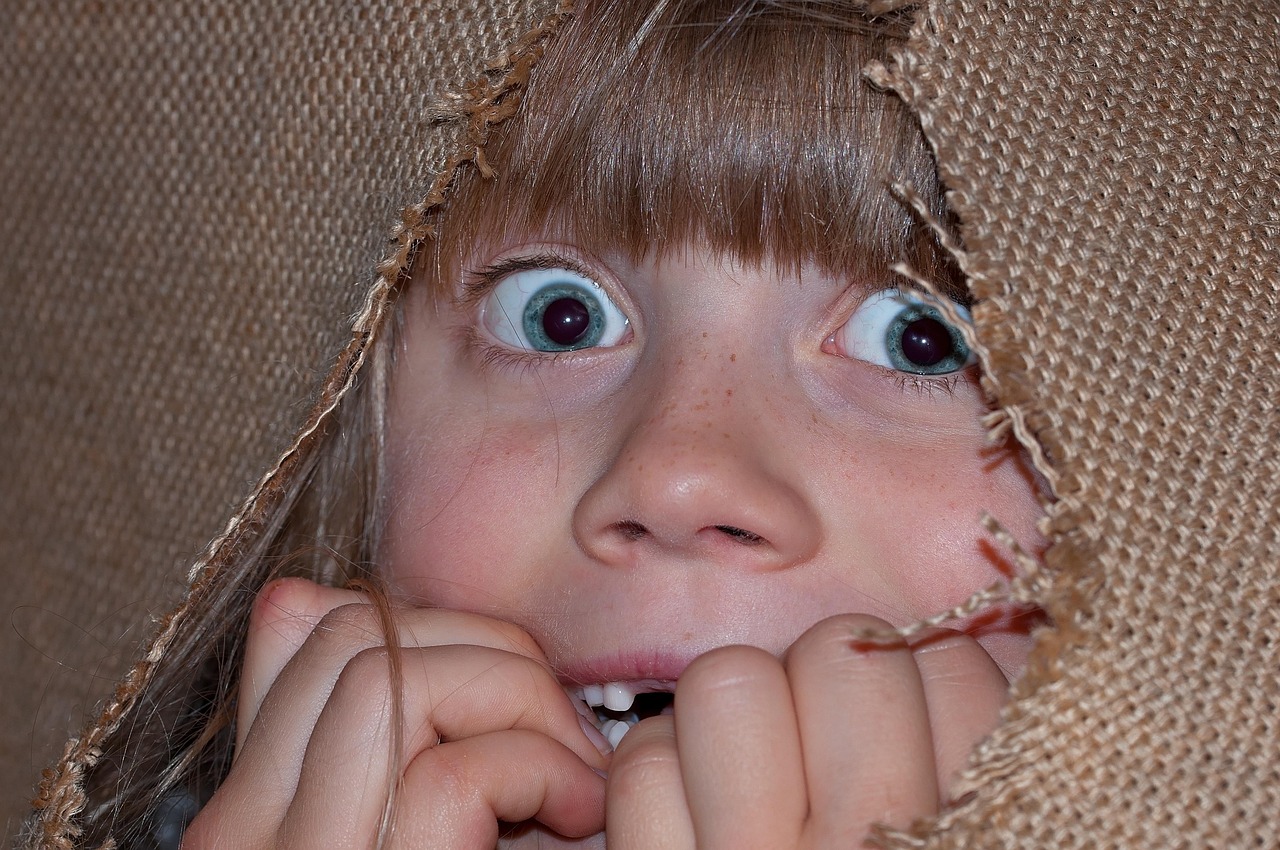
People also tend to experience goosebumps during emotional situations, such as walking down the aisle during their wedding, standing on a podium and listening to a national anthem after winning in sports, or even just watching horror movies on television. This happens because your nervous system doesn’t distinguish between physical and emotional stimuli when deciding whether to activate this response.
That reaction likely occurs when our nervous system kicks into gear. Think about how your heart pounds both when you’re afraid and when you’re excited; in both cases, your nervous system is activated. The same neural pathways that prepare you to flee from danger also light up when you’re moved by beauty, inspiration, or profound meaning.
The Brain Chemistry of Musical Chills

The reason why we feel and seek such reactions is due to a neurotransmitter named dopamine. Dopamine is one of the neurotransmitters (together with serotonin, oxytocin and endorphin) that gives us the feeling of pleasure. According to a 2011 study published in Nature Neuroscience, the release of dopamine – the “feel-good” neurotransmitter – spikes during moments of musical anticipation and peak emotional intensity.
Studies using fMRI and PET scans have found that listening to emotionally charged music activates the same brain circuits involved in food, sex, and social bonding. Your brain literally treats a beautiful piece of music like a reward worth pursuing. In short, your brain hears something meaningful, predicts what will happen, and then gets delightfully surprised. That surprise releases a burst of dopamine, and your body feels the impact.
Individual Differences in Goosebump Sensitivity

Somewhere between a half to two-thirds of the population have this reaction, yet scientists have long debated why. Not everyone experiences goosebumps with the same frequency or intensity. A study in Social Cognitive and Affective Neuroscience found that people who experience chills during emotional moments tend to have denser white matter in the brain regions responsible for processing emotions and sensory information. This denser connectivity allows for heightened emotional sensitivity, making these individuals more likely to feel chills during music, movies, or emotional encounters.
Research links this tendency to personality traits, particularly: Openness to experience: People who are curious, imaginative, and emotionally sensitive are more likely to experience chills. This suggests that frisson is not just a physical response, but a psychological one – tied to how deeply you feel and how openly you engage with art, people, and the world.
The Surprising Connection to Hair Growth

Researchers discovered a new role for goosebumps: the muscle and nerve cells involved in this response to cold trigger new hair growth by activating stem cells. These mechanisms may have implications for reversing hair loss and understanding wound healing in the skin. This discovery revealed that your goosebump response does far more than just make your skin bumpy.
The sympathetic nerve reacts to cold by contracting the muscle and causing goosebumps in the short term, and by driving hair follicle stem cell activation and new hair growth over the long term. In this way, goosebumps might play two roles: They cause hair to rise in the short term and trigger more hair growth by the stem cells in the long term. Your body’s ancient response system continues working behind the scenes, promoting regeneration and renewal.
Conclusion: Your Body’s Poetry in Motion
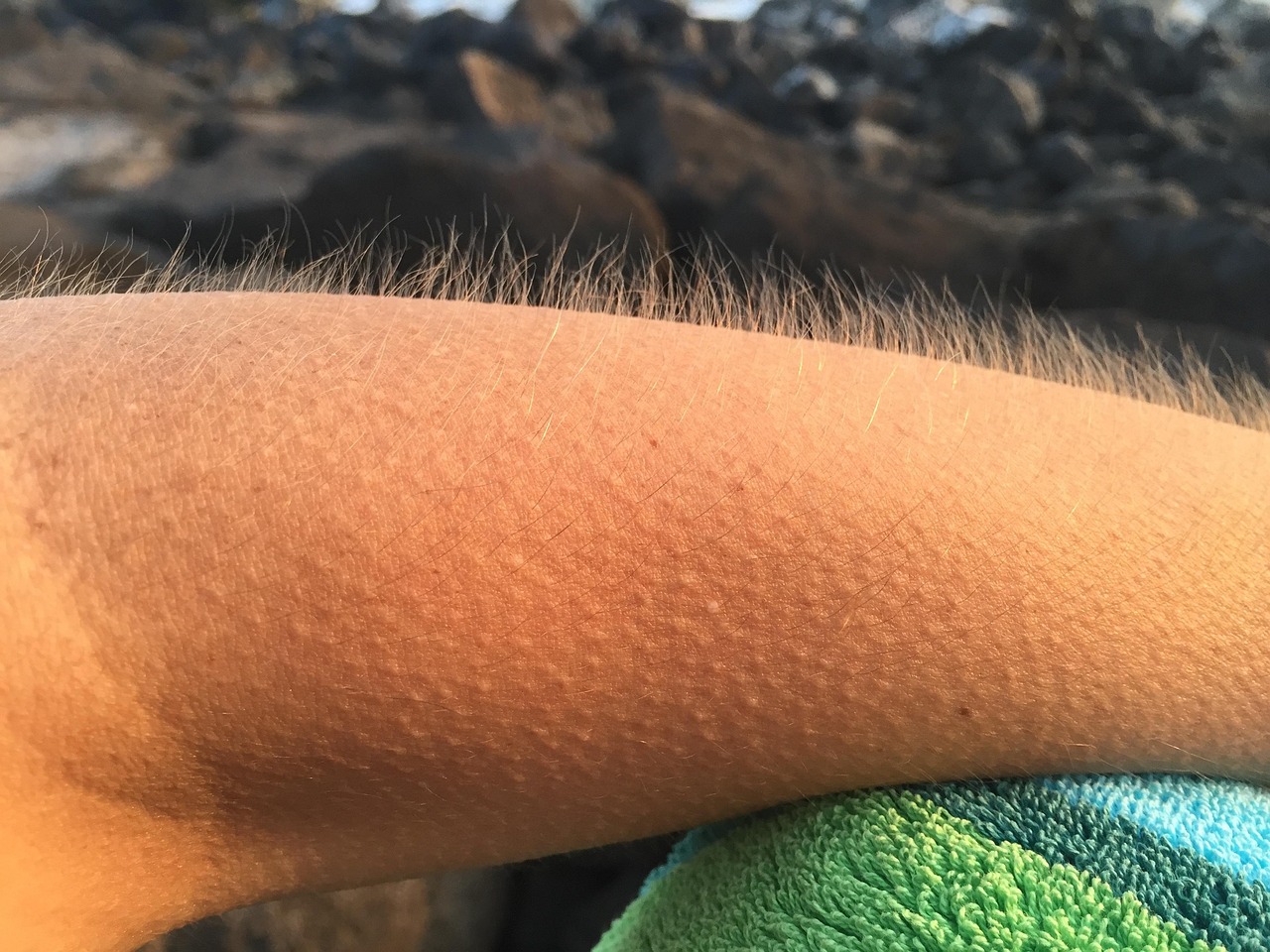
Goosebumps represent one of nature’s most elegant examples of how your past and present collide in fascinating ways. This ancient reflex connects you to millions of years of evolutionary history while simultaneously responding to the most sophisticated human experiences like art, music, and deep emotion. Goosebumps remind us that our minds and bodies aren’t separate – they’re in constant conversation. A moment of beauty, truth, or meaning can ripple down your spine and rise on your skin, leaving a trail of sensation that says: “Pay attention. This matters.” Whether it’s through music, memory, or awe, these moments of emotional intensity are reminders of what makes us human.
The next time you feel that familiar tingle creeping across your arms, take a moment to appreciate the remarkable biological symphony happening beneath your skin. Your sympathetic nervous system is firing, your arrector pili muscles are contracting, and your hair follicle stem cells might even be getting ready to grow new hair. What do you think about that connection between your emotions and your body’s most ancient responses?

Jan loves Wildlife and Animals and is one of the founders of Animals Around The Globe. He holds an MSc in Finance & Economics and is a passionate PADI Open Water Diver. His favorite animals are Mountain Gorillas, Tigers, and Great White Sharks. He lived in South Africa, Germany, the USA, Ireland, Italy, China, and Australia. Before AATG, Jan worked for Google, Axel Springer, BMW and others.


